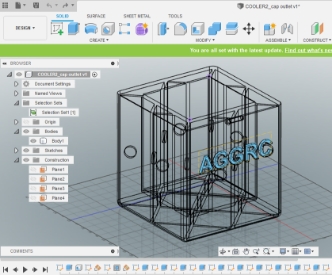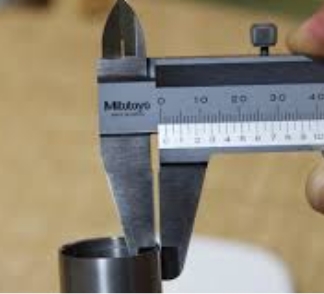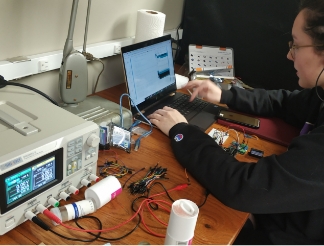What is Alpha Testing?
Alpha testing can also be understood as ‘in-house’ testing’. The Alpha Testing of prototypes is usually conducted by the prototype developers internally.
At the alpha testing stage, the prototypes are initially fabricated as testing samples and could have substantial flaws. During the testing , these flaws are identified evaluated, and design changes are made to address the problems.
Alpha testing can go through many iterations and the designs of alpha prototypes can go through substantial changes. Once the alpha prototypes can perform as envisioned, it moves to the beta testing stage.


Component Prototyping
Designs of prototypes are drawn with computer-assisted design (CAD) systems. Commercially available CAD software substantially facilitate this process.
The CAD designs are subsequently converted to suitable formats (e.g., g-code format) to be used in computer-assisted manufacture (CAM) process for fabrication (e.g., 3-D printing, CNC milling, and laser engraving).
As the early stage of alpha testing, component prototyping focus on evaluation of individual parts and the overall concept of the product. The prototypes at this stage evolve quickly and distinctively as multiple ‘versions’.

Operational prototyping
At this stage, individual parts that pass component prototyping are integrated or assembled as a system to evaluate the operation of prototypes. When assembled, these individual parts might not fit well and thus minor design changes of “variations” are made to make the system fit and operational as a whole prototyped device.

Performance prototyping
Now, we should already have the prototypes in assemblies that are ready to be tested for performing their desired functions. At this stage, the prototypes are usually evaluated to see if they can achieve the desired design goals. Objective measurement are usually taken, such as cooling rate for freezing device, and accuracy and precision for measurement device. Data are analyzed and ‘refinement’ design change are made to fulfill envisioned functionalities.

After these steps, we should have functional prototypes ready for beta testing. Some of our alpha prototypes are demonstrated below.